With a grip on the zeitgeist that is shaky at best, I rarely find myself ahead of big trends. But at least once I can claim to have been a halfway decent futurist. This 1981 piece describing the future of work was distributed by Columbia Journalism School’s news service to a handful of small newspapers. A version later appeared in the Santa Barbara News & Review, the first place I worked professionally. At the time the idea of office workers being employed at home was not widely foreseen, but I had come across a news item on a pilot program at
Continue reading
Is Ersatz History Good Enough?
Does it matter that the history found in most Hollywood films based on real events and real people is ersatz? Watching 2020’s The Trial of the Chicago 7 and its frequent falsifications, I was reminded of a piece I wrote years ago about how a fake cinematic reality can all too easily substitute for actual historical knowledge. Hollywood producers certainly have the artistic prerogative to not care about rendering an accurate account of historical events, but it’s a choice with consequences (even if often without obvious dramatic rationale). Why? Because the Hollywood version is not only the most vivid account
Continue reading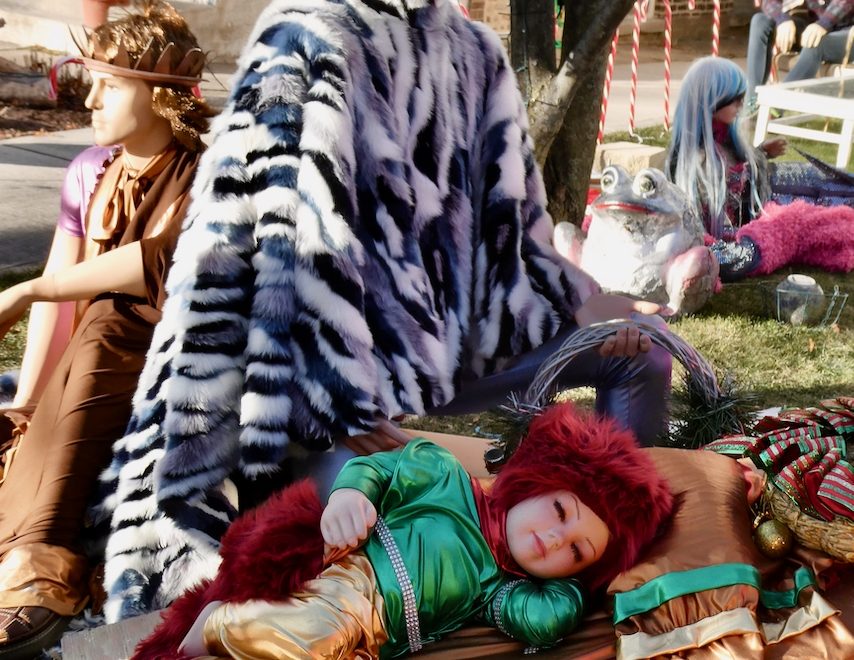
A Chicago Nativity In Spectacular Fashion
I’m as guilty as anyone of overusing the concept of “greatest ever,” but this nativity scene is a legitimate candidate for the title. A full-blown, if temporary, art environment, it is the work of retired fashion designer and cosmetologist Jim McCall. You can read about McCall and the site and see more photos in this Block Club Chicago story. More art environments here.
Continue reading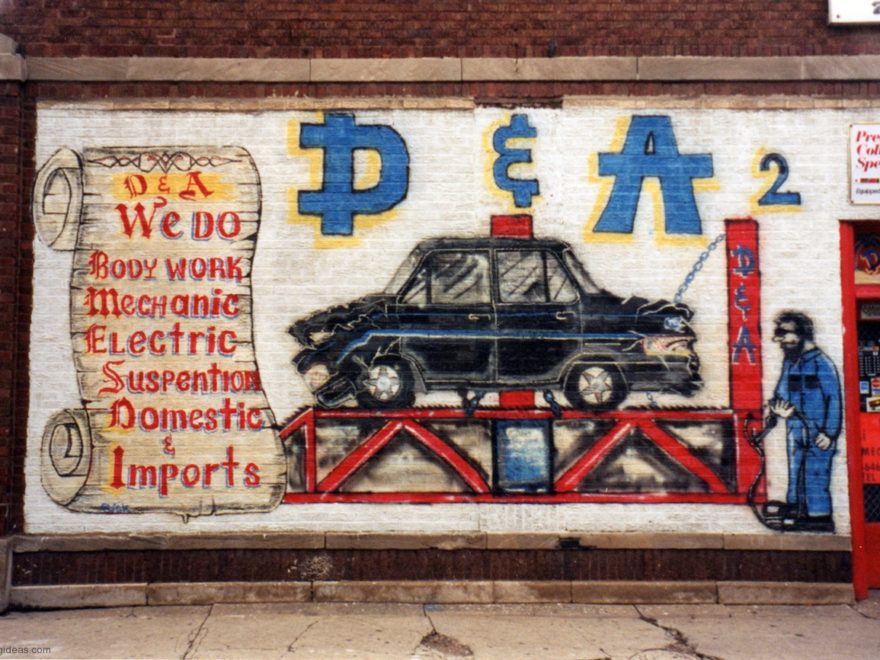
Da Masterpiece Disappeared
Circa 1995 you could find a fantastic set of murals advertising D&A Auto Body Repair at Western Avenue and 47th Street. This prodigious achievement, featuring at least three distinct styles, does not survive, but here are its highlights. Back to the Automotive Art Gallery index
Continue reading
Automotive Artistic Commitment
Julio’s Auto Parts has maintained its commitment to the art of auto parts over many years. This gallery features images from 2002 and 2016. Back to the Automotive Art Gallery index
Continue reading
Dynamic Auto Parts
Most auto parts are about as prosaic as can be, but they are often made dynamic through the magic of roadside art. This gallery starts with a straightforward representation of a spark plug, picking up creative steam with the artist at International Auto Service, who wins for the bold use of color and shapes. The Illinois Starter artist went for simplification of the parts and highlighting technique. The puddle approach makes Akram Electric stand out while Rudy’s goes the more traditional cover-the-earth strategy. Back to the Automotive Art Gallery index
Continue reading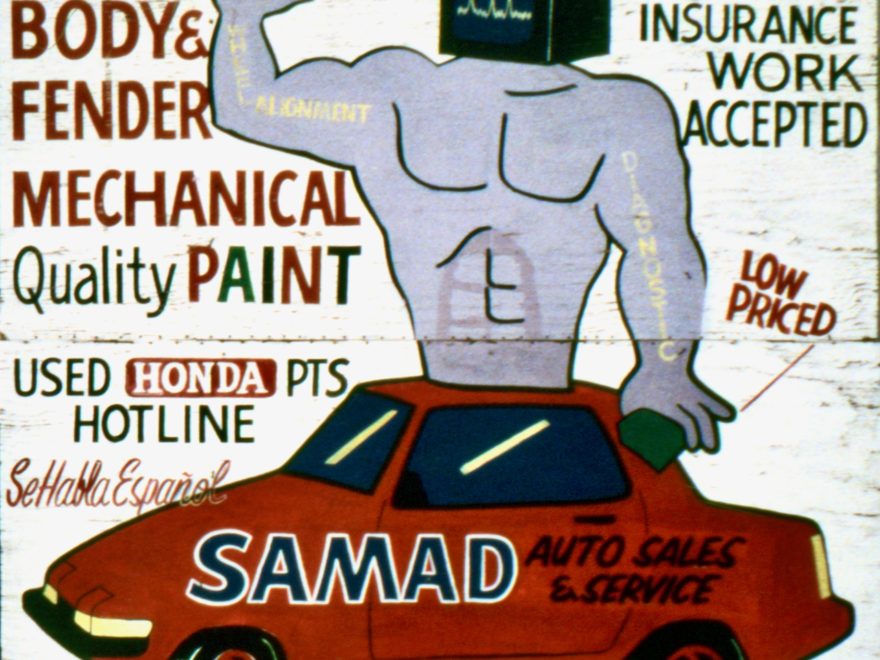
Auto Parts Come Alive
The right artist can bring auto parts and auto repair alive, whether through grotesque hybrids, anthropomorphized mechanicals or mechanics who are plain realistic. Back to the Automotive Art Gallery index
Continue reading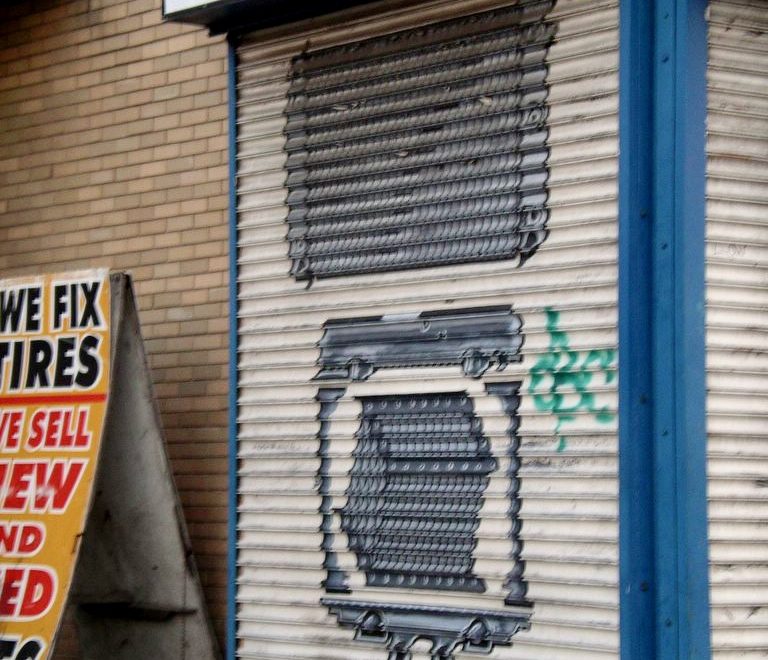
Auto Parts Afloat
One of the most common techniques for promoting auto repair shops and parts stores is to have a large variety of images floating around the place. These three examples of folky auto parts run from the North Side to the Far South Side of Chicago . Back to the Automotive Art Gallery index
Continue reading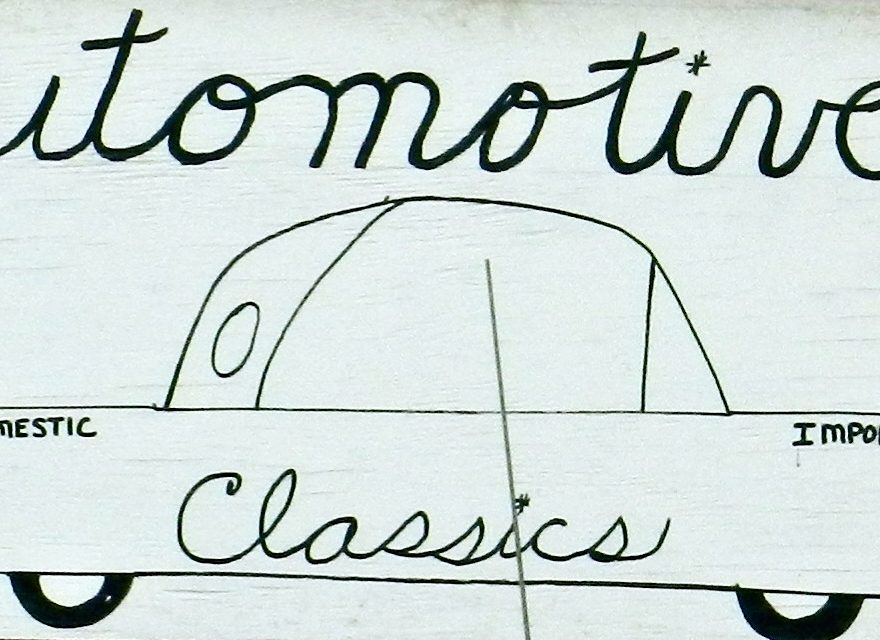
It’s About The Car
Repair shops and sales lots alike commission some fine vehicle renderings, from the schematic to the realistic to the bizarre. Back to the Automotive Art Gallery index
Continue reading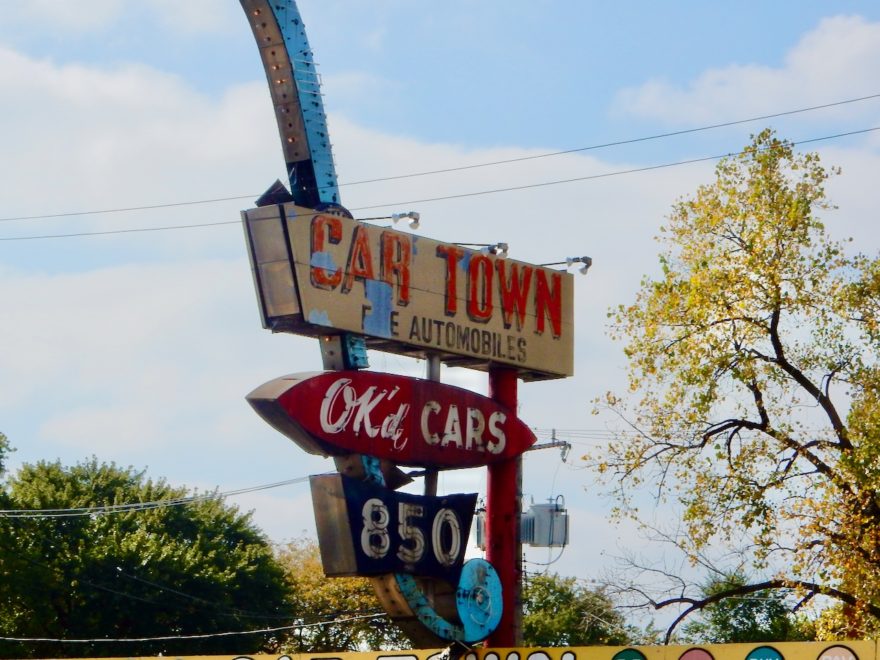
Used Car Neon Extravaganza
The neon extravaganza promoting the Car Town used-car lot on Western Avenue in Chicago was dismantled in 2020, having stood there, it’s believed, since the mid-1950s. The neon was complemented by some large-scale painted signs as well as a very nice Mid-Century Modern structure. More on Car Town. Back to the Automotive Art Gallery index
Continue reading